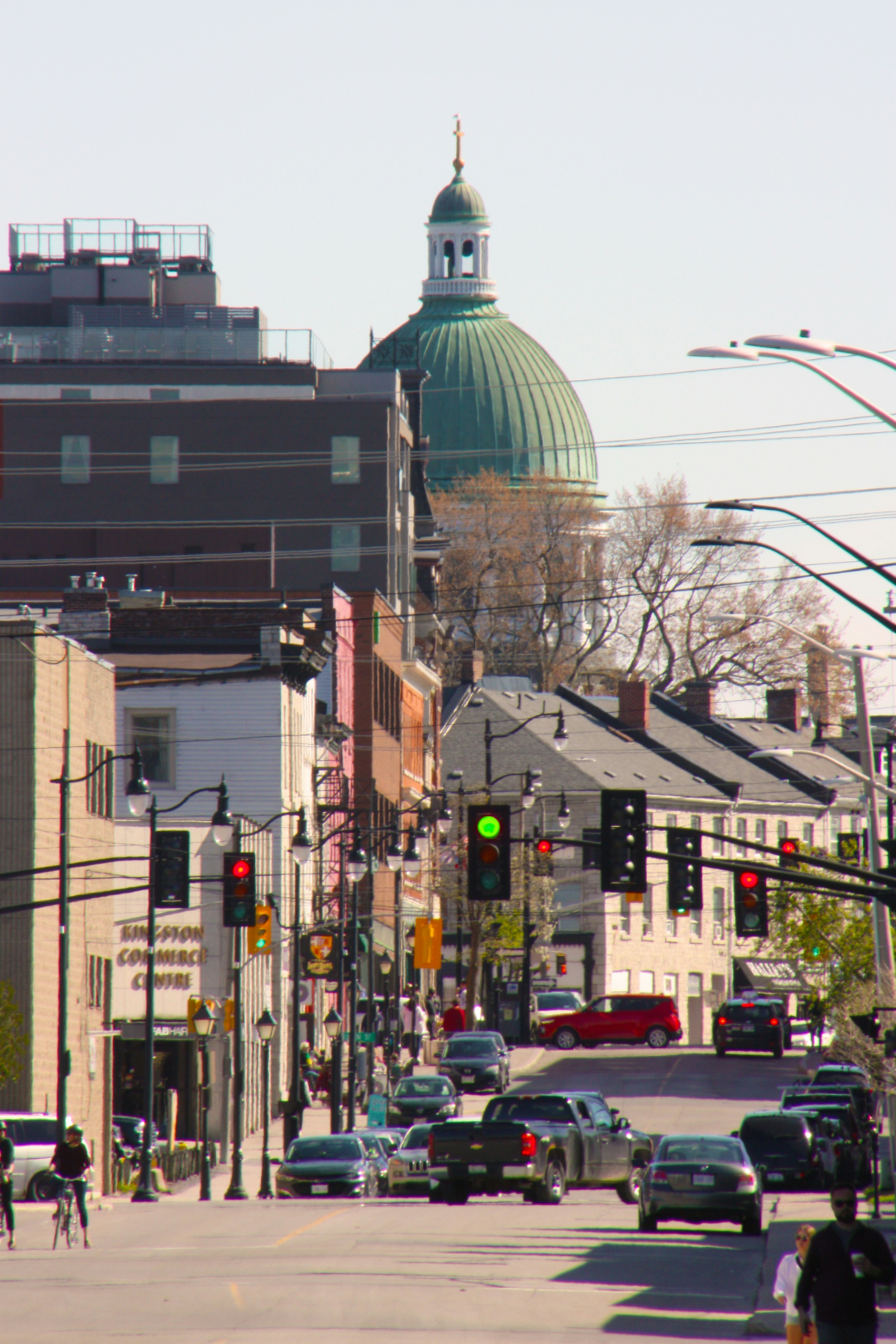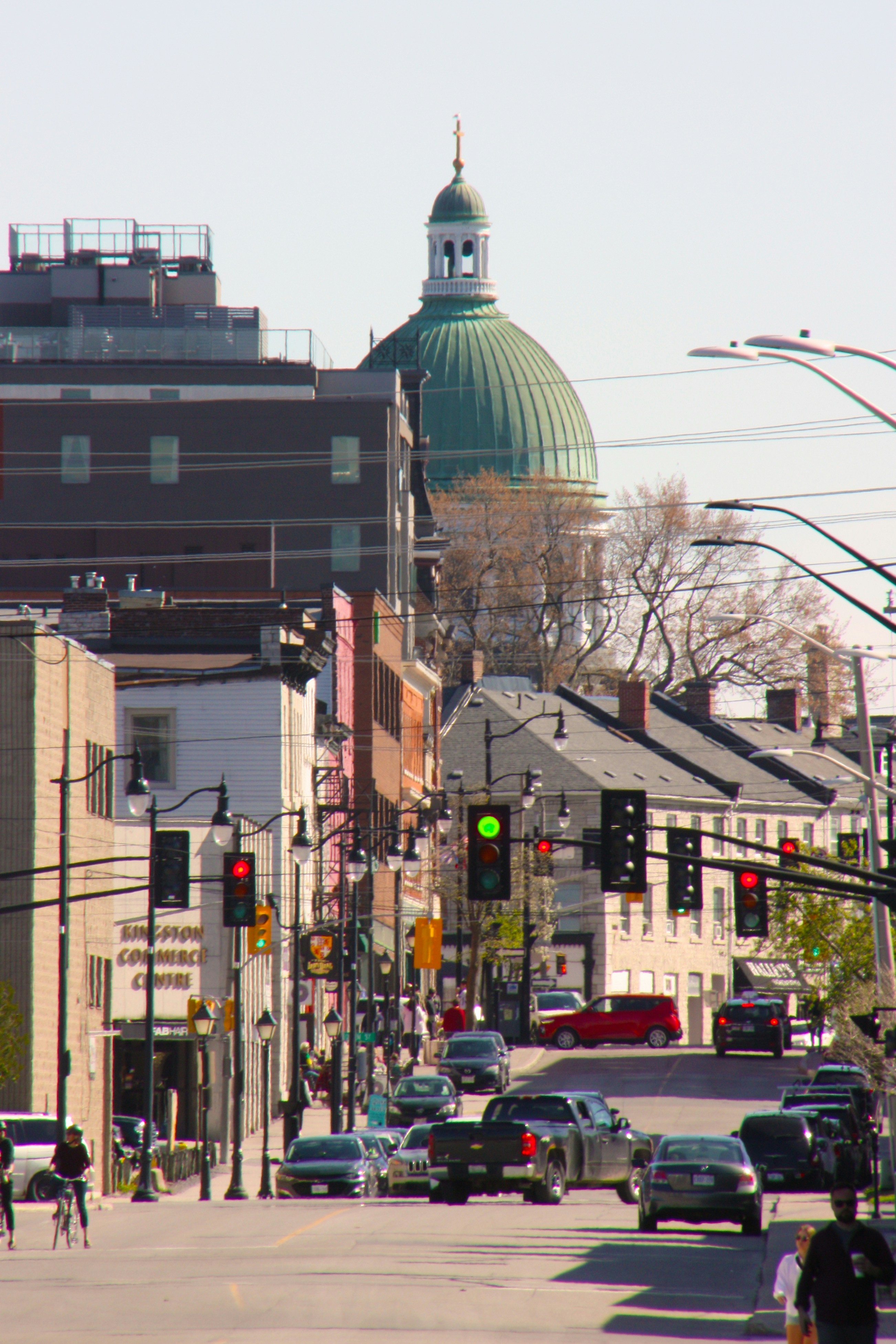Discovering the History and Heritage of Kingston Keys in Canada
When it comes to exploring the rich history and heritage of Canada, there are few places as fascinating as Kingston Keys. This historic city, located in the province of Ontario, is known for its significant contributions to the development of Canada. From its early beginnings as a strategic military outpost to its present-day status as a vibrant cultural hub, Kingston Keys has a story to tell. In this blog post, we will delve into the history and heritage of Kingston Keys, uncovering the key events and landmarks that have shaped this remarkable city.
Kingston Keys, originally known as Fort Frontenac, was established in 1673 by French explorer Louis de Buade de Frontenac. The fort was strategically located at the mouth of the Cataraqui River, serving as a key trading post and military stronghold for the French Empire. Over the years, the fort changed hands several times, eventually falling under British control in 1758 during the Seven Years’ War.
Under British rule, Kingston Keys became an important center for military operations and commerce. The city’s location on the Great Lakes and the St. Lawrence River made it a crucial transportation hub for the fur trade and later for the shipping industry. The construction of the Rideau Canal in the early 19th century further solidified Kingston Keys’ position as a key inland port.
One of the most significant events in Kingston Keys’ history is its designation as the first capital of the United Province of Canada in 1841. The city served as the capital for four years before it was moved to Montreal and later to Ottawa. Despite losing its capital status, Kingston Keys continued to thrive as an important center for education, culture, and commerce.
Today, Kingston Keys is renowned for its well-preserved historic architecture and its vibrant arts scene. The city’s downtown area is a designated UNESCO World Heritage site, showcasing a mix of Georgian, Victorian, and Edwardian buildings. Visitors can explore the historic Fort Henry, a 19th-century military fortress that offers a fascinating glimpse into the city’s military past.
In addition to its architectural heritage, Kingston Keys is home to several prestigious educational institutions, including Queen’s University and the Royal Military College of Canada. These institutions have played a vital role in shaping the city’s intellectual and cultural landscape.
As you wander through the streets of Kingston Keys, you can’t help but feel a sense of the city’s rich history and heritage. From its early days as a French fort to its role as a capital city and its present-day status as a cultural destination, Kingston Keys is a place where the past and present seamlessly intertwine.
The strategic importance of Kingston Keys continued to grow throughout the 19th century. With the completion of the Rideau Canal in 1832, which connected Kingston to Ottawa, the city became a vital transportation hub. The canal allowed for the movement of goods and supplies, further solidifying Kingston’s role as a key military outpost.
As the 19th century progressed, Kingston Keys became an important center for military education and training. In 1876, the Royal Military College of Canada was established in the city. This institution provided military training and education to aspiring officers, further enhancing Kingston’s reputation as a strategic military stronghold.
Kingston Keys also played a significant role in the development of the Canadian navy. In 1910, the Royal Naval College of Canada was established in the city, training officers for the Royal Canadian Navy. The college provided comprehensive training in naval tactics, engineering, and leadership, contributing to the growth and modernization of the Canadian navy.
Throughout the 20th century, Kingston Keys continued to serve as a key military base for the Canadian Armed Forces. The city was home to several military installations, including CFB Kingston, which housed the Canadian Army Command and Staff College and the Canadian Forces School of Communications and Electronics. These institutions provided advanced military training and education to officers and personnel, ensuring the readiness and effectiveness of the Canadian Armed Forces.
Today, Kingston Keys remains an important military center in Canada. The city’s rich military history is celebrated and preserved through various museums and historical sites, attracting visitors from around the world. The strategic location, combined with its military institutions and facilities, solidifies Kingston Keys’ position as a key military outpost and a symbol of Canada’s military heritage.
During the late 19th and early 20th centuries, Kingston Keys experienced a surge in cultural and artistic activities, solidifying its reputation as a thriving cultural center. The city’s historic downtown area became a hub for the arts, attracting artists, musicians, and performers from far and wide.
One of the most notable developments during this period was the establishment of the Kingston School of Art in 1876. This institution quickly gained recognition for its innovative approach to art education and became a magnet for aspiring artists. The school’s influence extended beyond the local community, attracting renowned artists who would later go on to make significant contributions to the Canadian art scene.
In addition to the Kingston School of Art, the city also saw the emergence of various art galleries and exhibition spaces. The Agnes Etherington Art Centre, founded in 1957, became a prominent venue for showcasing both local and international artworks. Its collection grew steadily over the years, encompassing a diverse range of artistic styles and mediums.
Kingston Keys also became a center for literary and intellectual pursuits. The city’s vibrant literary scene attracted renowned authors and poets, who often gathered in cafes and bookstores to discuss their works and exchange ideas. The Kingston Writers’ Society, established in 1903, provided a platform for local writers to share their work and receive feedback from their peers.
Furthermore, the city’s educational institutions played a crucial role in fostering a culture of intellectual curiosity and learning. Alongside Queen’s University, Kingston Keys became home to several other educational establishments, including the Royal Military College of Canada and St. Lawrence College. These institutions not only provided a high-quality education but also contributed to the city’s intellectual and cultural vibrancy through lectures, seminars, and public events.
Today, Kingston Keys continues to thrive as a cultural and educational center. Its rich artistic heritage is celebrated through various festivals and events, such as the Kingston WritersFest and the Kingston Canadian Film Festival. The city’s commitment to nurturing creativity and intellectual pursuits ensures that it remains a vibrant and inspiring place for both residents and visitors alike.
If you’re a history enthusiast, Kingston Keys has even more to offer. The city is also home to the Kingston Keys Heritage Centre, a comprehensive museum that delves into the rich cultural and social history of the region. The Heritage Centre features exhibits on the Indigenous peoples who originally inhabited the area, the early settlers and pioneers, and the development of industries that shaped the city.
One of the highlights of the Heritage Centre is the “Founders’ Gallery,” which pays tribute to the individuals who played a significant role in the establishment and growth of Kingston Keys. Here, you can learn about the city’s founding fathers and mothers, their achievements, and the challenges they faced in building a thriving community.
In addition to the Heritage Centre, Kingston Keys boasts a plethora of other historic landmarks that are worth exploring. One such landmark is the Kingston Keys City Hall, an architectural gem that dates back to the late 19th century. With its grand facade, intricate detailing, and imposing clock tower, City Hall is a testament to the city’s rich history and serves as a symbol of civic pride.
Another notable landmark is the Kingston Keys Grand Theatre, a beautifully restored venue that has been hosting performances since the early 20th century. The Grand Theatre is not only a stunning example of Edwardian architecture but also a cultural hub that showcases a wide range of artistic disciplines, including theatre, music, and dance.
For those interested in the city’s religious history, a visit to St. Mary’s Cathedral is a must. This magnificent cathedral, with its Gothic Revival architecture and stunning stained glass windows, is not only a place of worship but also an important historical site. It serves as a reminder of the faith and devotion of the early settlers who built it and continues to be a spiritual sanctuary for the community.
In conclusion, Kingston Keys is a city that takes great pride in its history and heritage. With its historic landmarks, museums, and cultural institutions, visitors can immerse themselves in the rich tapestry of the city’s past. Whether you’re interested in military history, correctional systems, maritime heritage, or the broader cultural and social history of the region, Kingston Keys has something to offer every history enthusiast. So, pack your bags, grab your camera, and get ready to embark on a journey through time in this captivating city.
One of the key attractions in Kingston Keys is its rich history and heritage. The city is home to several historic sites and landmarks that offer a glimpse into its past. Visitors can explore the iconic Kingston City Hall, a stunning example of 19th-century architecture, or take a stroll through the historic downtown district, where charming limestone buildings line the streets.
For history buffs, a visit to Fort Henry is a must. This historic fort, built in the 19th century, offers guided tours and reenactments that bring the past to life. Visitors can learn about the fort’s role in the War of 1812 and experience what life was like for soldiers stationed there.
In addition to its historical attractions, Kingston Keys is also a hub for outdoor enthusiasts. The city is surrounded by natural beauty, with parks, trails, and conservation areas just a short drive away. The Thousand Islands National Park, located nearby, is a paradise for nature lovers, with its picturesque islands, hiking trails, and opportunities for boating and fishing.
For those seeking a more urban experience, Kingston Keys has a vibrant nightlife scene. The city is home to a variety of bars, clubs, and live music venues, where visitors can enjoy a night out on the town. From cozy pubs serving craft beers to trendy cocktail lounges, there is something for everyone.
Overall, Kingston Keys offers a unique blend of history, culture, and modern living. Whether you are interested in exploring its rich heritage, indulging in its culinary delights, or simply enjoying the outdoors, this city has something to offer everyone. So why not plan a visit to Kingston Keys and experience the best of both worlds?
Enter your email to get the Latest Updated Exploring News and Topics
Discover more from atozexplore.com
Subscribe to get the latest posts sent to your email.







